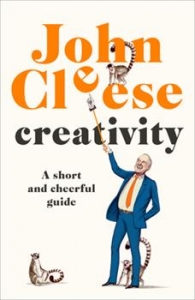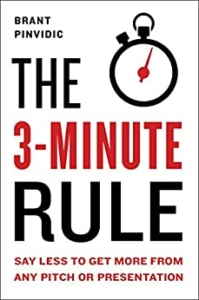Interview Blogging
“Subject matter experts are your key to organizational survival,” writes Peggy Salvatore in Working With SMEs, suggesting best questions to pose when interviewing sources. Writer’s Digest Don Vaughn agrees, seeing interviews as a vital aspect of nonfiction writing. The interview format, we’ve found at Say It For You, can be an efficient way to create compelling content that:
- inspires readers based on the success of the interviewee
- offers useful tips and tactics the interviewee has used
In a recent Indianapolis Business Journal interview, Albert Chen was asked a)what he’s focusing on b) what he’s listening to and c) his toughest challenge. In an interview described in Start Your Own Business Magazine, interviewees were asked “What’s on your walls?” and “What do you do for lunch?” One very clever interview format is “Buy, Hold, Sell” , asking a) Which new business choices are “buying into” now? b) What tactics have served you well that you plan to continue? c) Which are you finding no longer work in today’s environment? After your interviewee has answered the question, Peggy Salvatore advises interviewers, find a nugget in their answer that you find interesting and ask more about it.
Just last week in this Say It For You blog, I quoted a remark by digital marketing advisor Jeff Bullas to the effect that blogging is a platform for self-development. Since it’s so often the founder of a business or practice whom we’re interviewing, what I call “the training benefit” comes into play. The very interview process “forces” entrepreneurs to learn ways of effectively expressing their passion and defining the business lessons they’ve learned.
“Knowing what you know now, is there anything you would have done differently?” is an excellent question, with the answer serving to “humanize” the subject while offering valuable tips to readers. “What routines do you follow each day?” is a question that can introduce a post containing valuable “how to” tips for readers, Zoe Maggert of Perfectly Planned Content teaches. Usin your blog to interview a leader in a different industry is like having a guest lecturer enliven a college class session. Interviews inspire human connection, Maggert adds.
Every so often, to add vim and vigor to your content marketing efforts, include an interview blog post!







Follow us online!